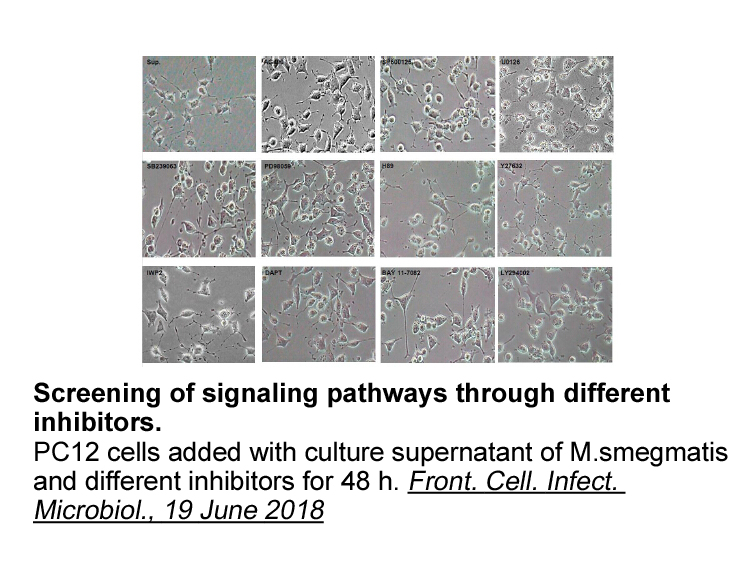Archives
Previous studies conducted in Japan targeted only
Previous studies conducted in Japan targeted only mothers who cared for children with disabilities and lacked reference subjects, such as mothers of children without disabilities (Toki et al., 2010; Yamaguchi, Takataya & Ogiwara, 2005; Yamaoka et al., 2015; Yatsugi, Suzukamo & Izumi, 2013). Furthermore, these studies did not consider the possibility of having multiple children with disabilities in a household. Comparison with general childrearing situation is needed to understand the magnitude of mental problems related to raising one or more children with disabilities and to provide specific supporting measurements in addition to general parenting support. Therefore, this study aimed to assess the relationship between raising single or multiple children with disabilities and the mental health of mothers compared mothers of children without disabilities using population-based data in Japan.
Method
Results
Table 1 shows the characteristics of the children, households, mothers, and fathers and their associations with maternal psychological distress. One-third of mothers had experienced psychological distress during the last month (n=11,729, 34.7%). Of the 33,739 subjects, 1.8% of mothers (n=594) had one child with a disability, and 0.10% of mothers (n=35) had two children with a disability in their household. The majority of mothers were partnered mothers in two-parent NS-398 living without the child\'s grandparent(s) (68.3%). The proportion of single mothers was 10.5%, including co-re sidence with grandparent(s) (3.3%) and without co-residence (7.2%). The proportion of mothers having a child with a disability was not significantly different among partnered mothers (1.87%) and single mothers (1.93%). However, the proportion of co-residence with grandparent(s) was significantly lower among families with one or two disabled children (16.2%) compared to families without (24.7%) (p<0.001, these results are not presented in Table 1).
Table 2 shows the multivariable logistic regression analysis for the psychological distress of mothers. Raising a child with a disability was significantly associated with maternal psychological distress (crude odds ratio (OR) 1.78, 95% confidence interval (95%CI) 1.51-2.09 for one child with a disability; OR 2.90, 95%CI 1.47-5.70 for two children with a disability). After controlling for the characteristics of the mother and household, the adjusted OR (AOR) was still significantly associated (AOR 1.72, 95%CI 1.44-2.05 for one child with a disability; AOR 2.85, 95%CI 1.28-6.34 for two children with a disability).
Table 3 shows the stratified analyses among the three subgroups of mothers. Among partnered mothers living with grandparent(s), the proportions of having one child or two children with disability were 87 (1.4%) and 3 (0.048%). Raising a child with a disability was not significantly associated with psychological distress (AOR, 95%CI: 1.34, 0.84-2.13). The odds ratio for having two children with a disability could not be obtained due to the small sample size of the explanatory variable. Among partnered mothers living without grandparent(s), 446 mothers had one child (2.2%) and 24 mothers had two children with a disability (0.12%). The AOR remained 1.80, with significance (95%CI: 1.47–2.21), for one child, and 2.84 for two children with a disability (95%CI: 1.14–7.07). Among single mothers, 61 mothers had one child with a disability (2.0%), and eight mothers had two children with a disability (0.26%). Raising one or two children with a disability was not significantly associated with psychological distress (AOR, 95%CI: 1.42, 0.81–2.47 for one child; 4.43, 0.51–38.7 for two children with a disability).
sidence with grandparent(s) (3.3%) and without co-residence (7.2%). The proportion of mothers having a child with a disability was not significantly different among partnered mothers (1.87%) and single mothers (1.93%). However, the proportion of co-residence with grandparent(s) was significantly lower among families with one or two disabled children (16.2%) compared to families without (24.7%) (p<0.001, these results are not presented in Table 1).
Table 2 shows the multivariable logistic regression analysis for the psychological distress of mothers. Raising a child with a disability was significantly associated with maternal psychological distress (crude odds ratio (OR) 1.78, 95% confidence interval (95%CI) 1.51-2.09 for one child with a disability; OR 2.90, 95%CI 1.47-5.70 for two children with a disability). After controlling for the characteristics of the mother and household, the adjusted OR (AOR) was still significantly associated (AOR 1.72, 95%CI 1.44-2.05 for one child with a disability; AOR 2.85, 95%CI 1.28-6.34 for two children with a disability).
Table 3 shows the stratified analyses among the three subgroups of mothers. Among partnered mothers living with grandparent(s), the proportions of having one child or two children with disability were 87 (1.4%) and 3 (0.048%). Raising a child with a disability was not significantly associated with psychological distress (AOR, 95%CI: 1.34, 0.84-2.13). The odds ratio for having two children with a disability could not be obtained due to the small sample size of the explanatory variable. Among partnered mothers living without grandparent(s), 446 mothers had one child (2.2%) and 24 mothers had two children with a disability (0.12%). The AOR remained 1.80, with significance (95%CI: 1.47–2.21), for one child, and 2.84 for two children with a disability (95%CI: 1.14–7.07). Among single mothers, 61 mothers had one child with a disability (2.0%), and eight mothers had two children with a disability (0.26%). Raising one or two children with a disability was not significantly associated with psychological distress (AOR, 95%CI: 1.42, 0.81–2.47 for one child; 4.43, 0.51–38.7 for two children with a disability).
Discussion
Conclusion
Acknowledgments
Introduction and background
Individuals who obtain higher education show greater adult physical health than those who do not (Conti & Heckman, 2010; Schafer, Wilkinson, & Ferraro, 2013). However, recent studies have also shown that associations between education and health vary substantially by family or parental socioeconomic origins. Taken as a whole, these studies are inconclusive. Do parental socioeconomic status (SES) and attained education show a resource substitution pattern, where advantaged familial SES makes education less predictive of adult health and eventual mortality (e.g., Bauldry, 2015; Ross & Mirowsky, 2011; Schaan, 2014; Schafer et al., 2013)? Or, do family origins and educational attainment instead reveal cumulative (dis)advantage, where early SES widens or strengthens educational health inequalities (e.g., Bauldry, 2014; Conti & Heckman, 2010; Schaan, 2014)?